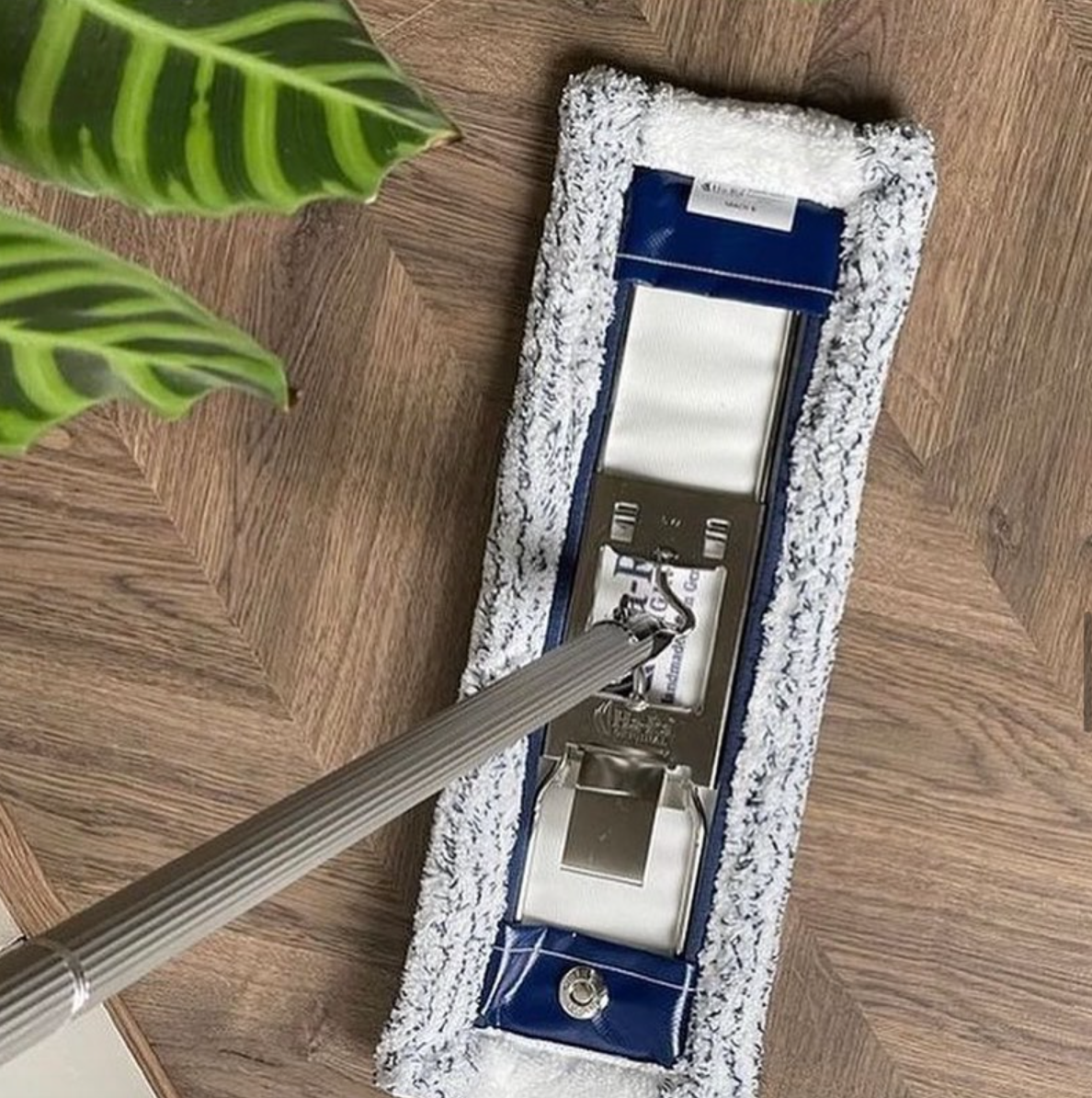Stop using plastic bags and other single-use items in the house.
The topic of "saving plastic" is on everyone's lips and one or the other may not really dare to approach the topic, because it may feel impossible at first, as we encounter plastic everywhere. We can reassure you, it's not that difficult and everyone can contribute to it. Making a small contribution is better than if only a few people do it perfectly.
Today I want to give you a few tips on how to save plastic in the bathroom and kitchen. However, the point here is not to find the most sustainable alternative. The question arises as to whether one can always identify the most sustainable alternative without a doubt. We just look at where you can replace plastic and how.
Types of plastic in the home
Plastic in the household can be roughly divided into microplastics, plastic packaging and plastic objects. Microplastics, on the other hand, are roughly divided into three types: microplastics that are already produced as such, microplastics that are created by abrasion, and microplastics that are created by the decomposition of macroplastics.
Plastic in the bathroom
Microplastics, which are already produced as such, are mainly found in care products and cosmetics, e.g. as fine beads in scrubs or shower gels, but also in many other products. And that brings us to the first point where plastic can be avoided. When shopping, make sure that the products you buy do not contain any microplastics. Now microplastics are not always recognizable at first glance in the list of ingredients. In addition, you will find lists of names on the Internet, behind which microplastics can hide. Many manufacturers now label their products as "without microplastics" or "free of microplastics".
In households, microplastics are often produced in the washing machine as a result of abrasion. Synthetic fibers get into the waste water during washing. Check your towels and washcloths in the bathroom, what material they are made of, and when buying new ones, make sure that you only buy bathroom textiles made of natural material. If you still have a lot of textiles made of synthetic fibers, you can think about buying a special laundry bag that prevents the microplastics from getting into the wastewater.
Plastic in the kitchen
You can achieve the greatest effect when shopping for groceries, because experience has shown that this is where most of the packaging is produced. There are now more zero-waste shops where you can shop completely plastic-free. You fill your purchases into containers you have brought with you.
Another advantage of shopping in bulk stores is that you can buy exactly the quantities you need. At the same time, you prevent food being thrown away. Even if you don't have a bulk store nearby, you can save more and more plastic when shopping, because conventional trade is changing more and more. The proportion of unpackaged fruit and vegetables, for example, continues to rise. You can put this loosely in your shopping basket or you can buy a few reusable fruit and vegetable bags. A lot is also happening in other supermarket departments. For example, there are more and more dairy products in deposit jars or plastic-free disposable packaging. You can now also find unpackaged stations in conventional super markets, where you can fill nuts or grain into reusable containers.
Before the pandemic, many fresh food counters offered the option of bringing your own containers for sausage and cheese. This has been suspended for the time being for hygienic reasons, but it is also worth keeping an eye on. As you can see, plastic packaging can be saved quite easily and quickly in the kitchen, since the turnover time is very high. It's a little different in the bathroom, because you often have longer access to the packaged products.
Nevertheless, if you need supplies, it pays to consciously pay attention to the packaging. Even toothpaste is now available in jars. Or you can switch to toothbrush powder, which is also available in a glass, or toothbrush tablets. You usually have to try a bit to see what works best for you.
Plastic objects
A third area we want to look at is the plastic items. Have you looked at all the plastic you find in your kitchen? Dishes, spatulas, colanders, salad servers, chopping boards, wooden spoons, storage boxes, mixing bowls...
This list can go on forever. There are alternatives to almost all objects made of other materials such as porcelain, wood, stainless steel or glass. Now, of course, it's up to you whether you want to get rid of all plastic objects straight away or whether you want to keep using them while they're still usable. If you want to separate immediately, see if you can still sell or give away one or the other, so you don't produce unnecessary plastic waste and you can make someone else happy.
Alternatively, you can also convert plastic cans that you no longer want to use for food and use them for storage or for your organic waste, for example. When making new purchases, you can then look around for plastic-free utensils. In the bathroom, there are also variants made of other materials for most objects made of plastic. Porcelain soap dispensers, porcelain, wood or glass soap dishes, stainless steel shower squeegees, stainless steel dustbins, fabric laundry baskets...
There is a wide range to choose from and plastic is easy to swap out. You can also replace many consumer items with plastic-free or at least reusable versions. Tongue cleaners, for example, are made of stainless steel or copper. Instead of cotton pads, you can use washable reusable pads. There is now a large selection of different materials. Toothbrushes are made of wood or bamboo. On most models, the bristles are still made of plastic, but you can simply break off the part and dispose of it in the residual waste.
I am personally very enthusiastic about my safety razor. I really had a lot of respect for the metal part with classic razor blades, but I was hooked from the start. Why don't you try it? This was just a small excerpt of ways you can save plastic in the bathroom and kitchen. It is definitely worth doing some research when making new purchases, because the range is constantly growing.
Contribution by Tanja Goeller | Ha-Ra Germany







